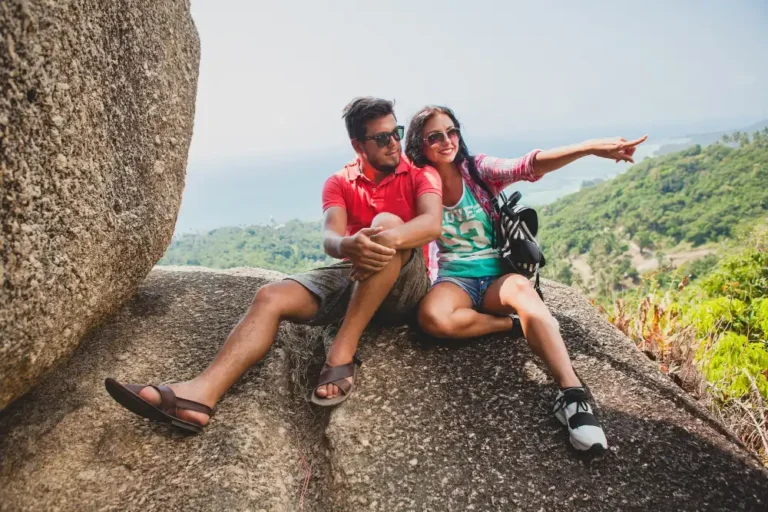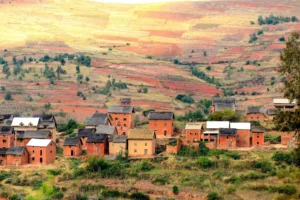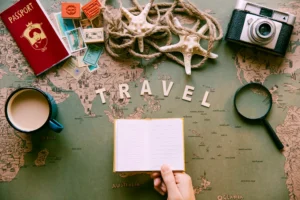A History Woven of Traditions
Malagasy traditional dress, often made from local materials such as cotton or silk, reflects a rich cultural heritage. Each region of the island has its own style of dress, influenced by the history, geography and customs of its different ethnic groups. Traditional garments are often worn for ceremonies, festivals and cultural events, reinforcing their significance and importance.
Lamba: a symbol of identity

The lamba is undoubtedly the most emblematic piece of traditional Malagasy clothing. This large piece of fabric, which can be worn in many different ways, is a strong symbol of Malagasy identity. Depending on the region, lamba may be adorned with specific motifs, each with its own significance. For example, in the south of the island, lamba is often more colorful and distinguished by geometric patterns, while in other regions, floral or animal motifs may predominate.
The lamba is not just a garment; it also has practical functions. It can be used as a blanket, a bag or even a baby carrier. Moreover, during rituals such as the “famadihana” (celebration of the ancestors), the lamba plays a central role, symbolizing the link between the living and the dead.
Ethnic dress: a wealth of diversity
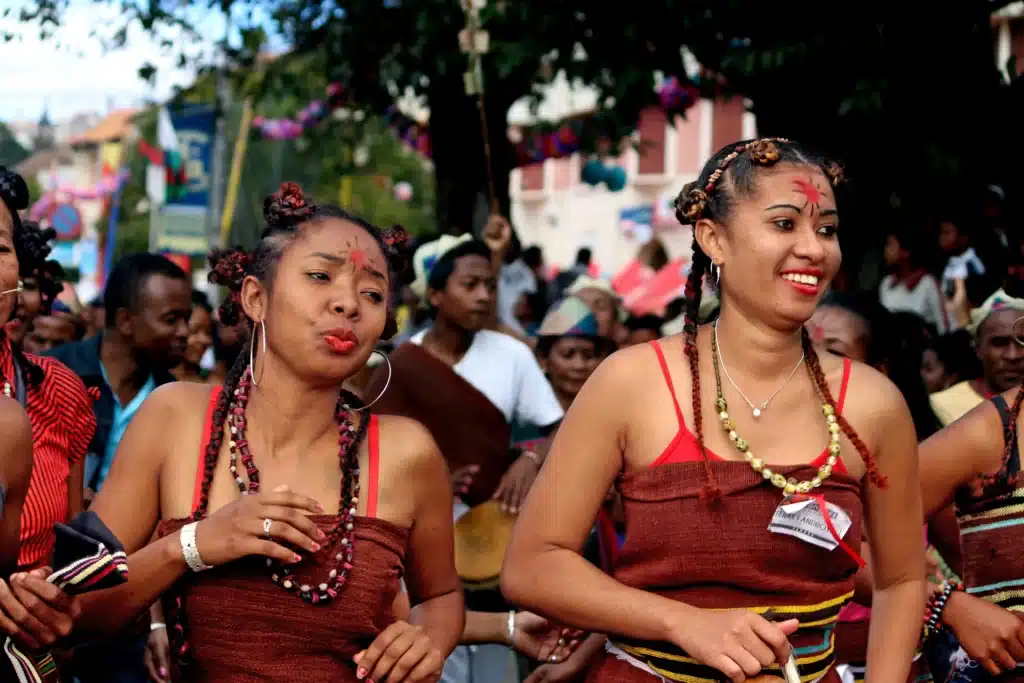
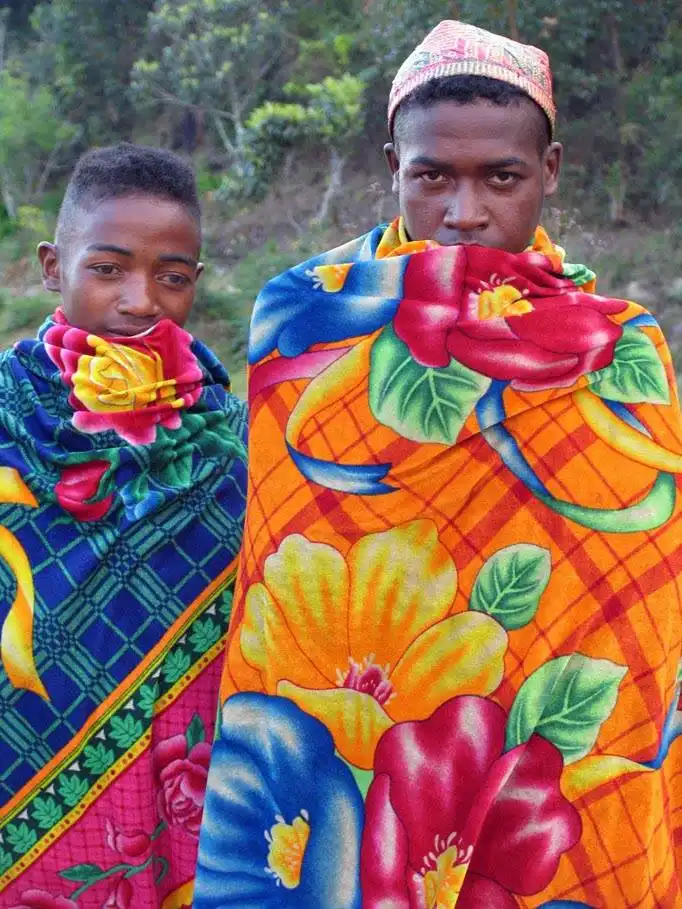


Madagascar is home to a multitude of ethnic groups, each with their own traditional costumes. For example, the Merina, who live in the highlands, often wear colorful skirts and shirts, while the Betsileo stand out for their embroidered dresses. The Sakalava, on the other hand, prefer loose-fitting, comfortable clothing, adapted to their way of life.
Each of these outfits tells a story and conveys values specific to each community. Thus, the patterns and colors used in clothing can indicate the wearer’s social status, age or even profession.
Contemporary reinvention
With changing lifestyles and outside influences, traditional Malagasy clothing is undergoing a transformation. Many Malagasy fashion designers are reinterpreting these garments, adding a modern touch while preserving their essence. This fusion of tradition and modernity attracts not only the Malagasy, but also tourists in search of authenticity.
Fashion shows featuring creations inspired by traditional garments are becoming increasingly popular, proving that Malagasy cultural identity continues to evolve while remaining deeply rooted in its roots.

